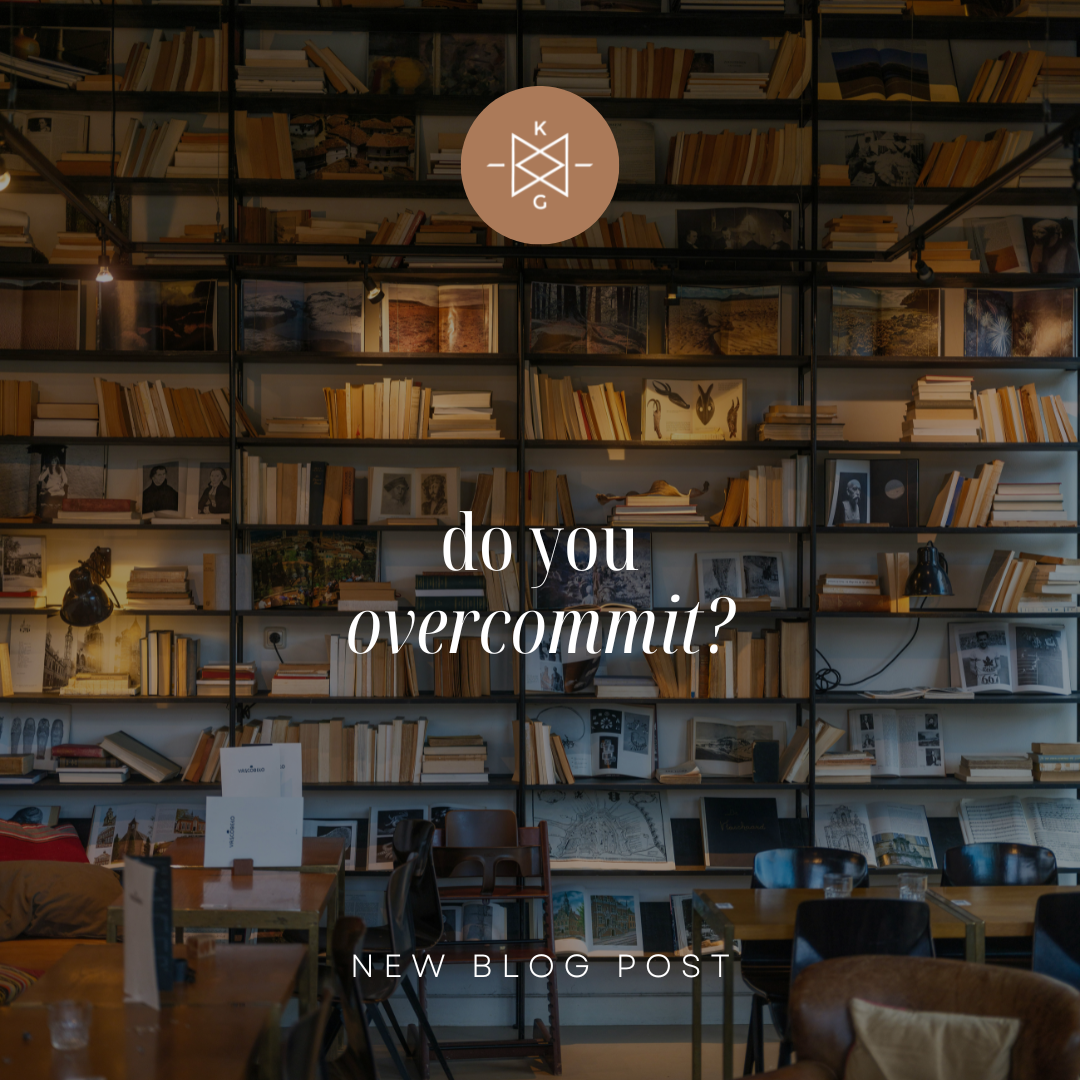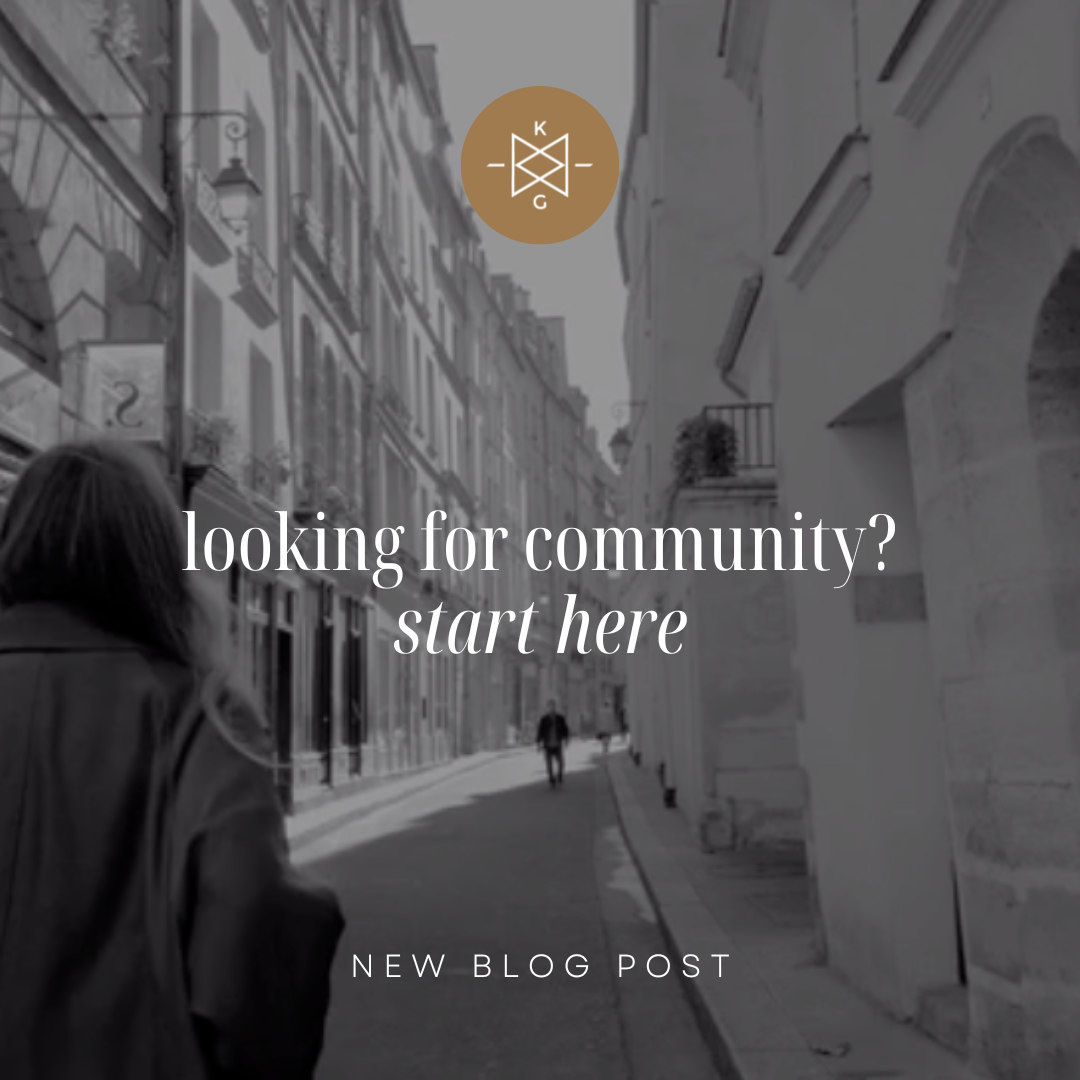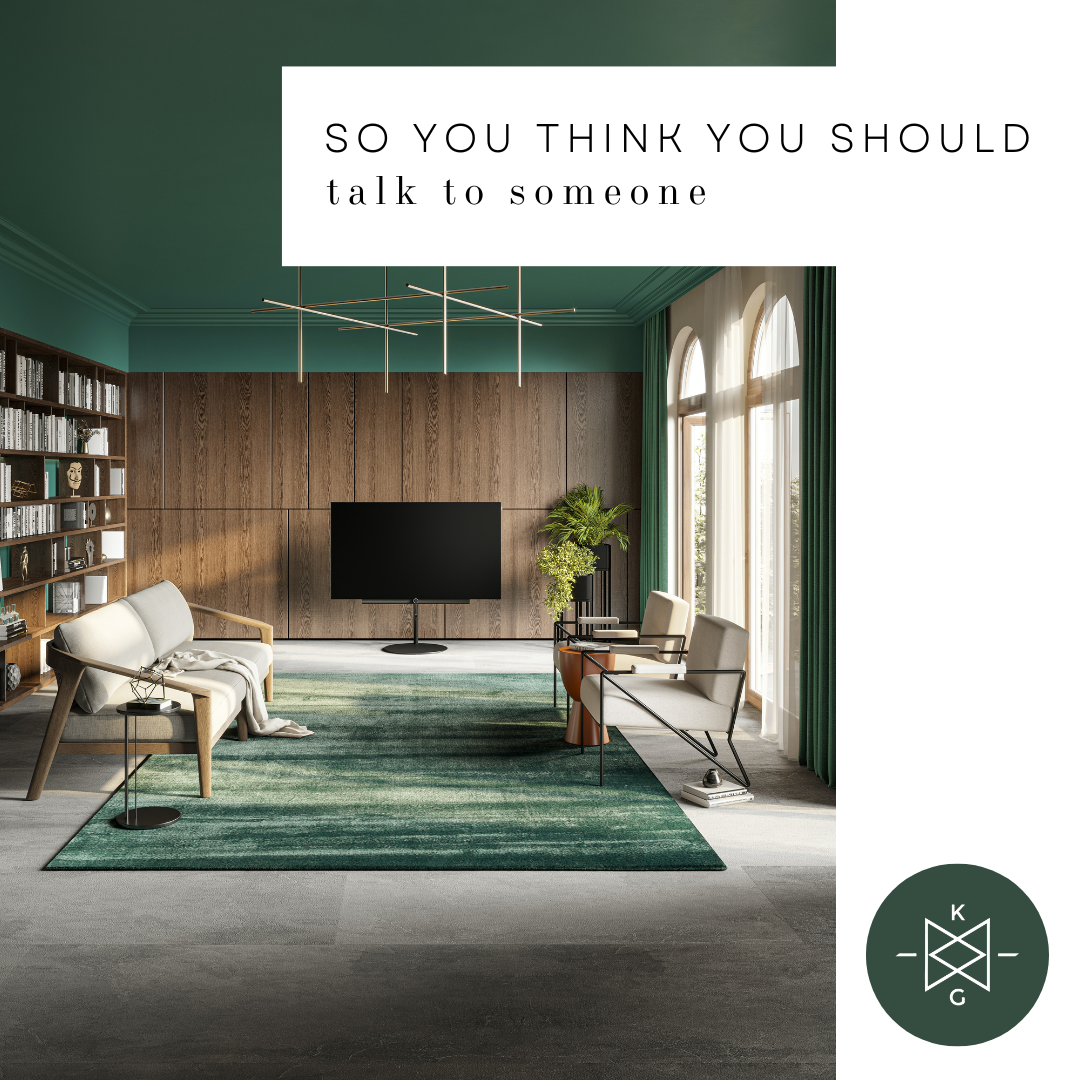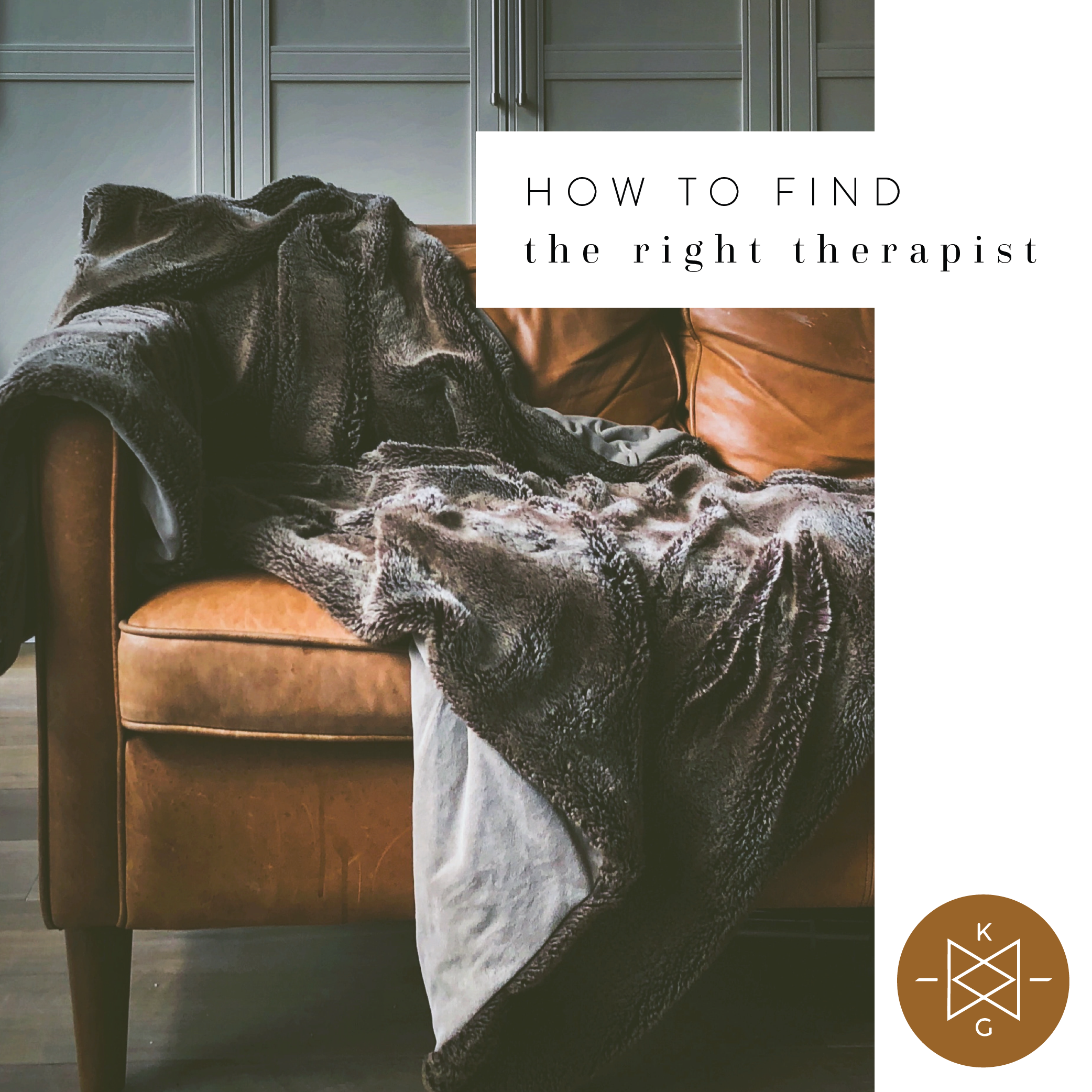
The Blog
Recently Featured
All Blogs
So you think you should talk to someone?
I believe one of the greatest tools for working through your past, avoiding burnout and embracing true transformation is psychotherapy. It is incredibly powerful for anyone seeking a deeper sense of understanding and wholeness.
Good therapists most definitely hold space to unpack the often-brutal stories of our past. Yes, to write a compelling story with you playing the hero instead of the victim, it’s necessary to unearth expired lies and lay them to rest. However, good therapists won’t leave you there.
I’ve been a student of Dr. Joe Dispenza’s work for a while now. He explores this topic neurologically and absolutely nails it. Check this out:
“The stronger the emotion that we feel from some external event in our life, the more altered we feel inside of us as a result of that condition outside of us and the more we pay attention to the cause. The challenge is, every time we think about that trauma, we’re producing the same chemistry in the brain and body as if it was happening again. What that does is it activates a survival gene. And when you’re in survival, what you want to do is make sure that that doesn’t happen again.”
When we lock into this type of survival mode, we often forecast worst-case scenarios. Guess what? Our brain doesn’t know the difference between the imagined state we create and reality. Therefore, we stay trapped in that old victim mentality and it tends to play out over and over again moving forward.
Here’s my point: therapy often doesn’t work because we spend so much time talking about our past to the point we are literally reliving it. Where focus goes, energy flows, therefore creating a habit of attention so strong and involuntary, it becomes nearly impossible to create new life-giving possibilities and successes in our lives. How could we? All our energy is being funneled into past emotions of survival long after the immediate threat is gone.
My approach is different. I’m convinced if we’re interested in creating lasting change, we need an experience to support us as a whole person, not just a cognitive one, from the neck up.
Yes, we need a safe space to tell our stories—100%. Yet we also need an experience of transformation as opposed to a conversation. I believe this happens through a customized experiential therapeutic approach, nourished by daily practices and the support of community.
If you’re ready to dive right in, I’d love to be your guide. Drop me a line. I always love hearing from you.
How to Find the Right Therapist
“You can’t stay in your corner of the Forest waiting for others to come to you. You have to go to them sometimes.”
—Winnie-the-Pooh
Today, we’re getting real practical. Let’s be honest: therapy feels a bit odd, awkward, and downright uncomfortable in the first place. How in the world does one go about finding a therapist who will not only make the first wobbly steps somewhat bearable, but also turn out to be someone we actually like? And yes, contrary to popular belief, you’re going to need to like your therapist in order to trust them, let alone experience growth and healing.
I had this conversation with my therapist a few weeks back. Whereas I don’t believe we’re always supposed to be “in therapy,” I’ve always valued the sacred space of therapy as a sounding board and a refiner’s fire so to speak. In other words, no matter what season I’m in, I depend on my therapist to challenge me, call my BS (bullshit and blindspots), and serve as a loving mirror when the reflection I see is less than compelling.
Whether you’re in a tight transition or a season of loss, it’s imperative to reach out and find the help you need. As someone who’s sat in therapy far longer as a client than a therapist, I relate to the struggle of finding the right fit. It’s real. Today, I want to unpack this process as much as possible. You’ve already got enough on your plate.
Prep-work
Before launching on your quest, there’s some necessary prep-work. Oftentimes, it can be the most difficult part of the process.
The first step is always to get still, spend about 10-15 minutes alone, and ask yourself what it is you’re needing in therapy. This may seem obvious, but it’s not. Oftentimes, we’re operating in crisis. The survival strategies involved in crisis don’t provide much of a margin for conscious self-reflection. It’s important to give yourself a small window of time and ask yourself (a) what you need and (b) what you want from therapy. (Two different questions, mind you.) I find it easiest to write this pertinent information down in a journal or notebook. This content will serve as somewhat of a roadmap for the journey ahead.
Once you’ve taken the time to explore these questions, here are five helpful guidelines to follow:
The Quest
Logistics: Let’s get the unsexy bit out of the way. First things first, you need to get clear on practical parameters such as location, budget, male vs. female, type of therapy (individual/couples/family), availability, and whether or not they offer a sliding scale or the opportunity to use insurance. These will steer the next several steps accordingly. It’s worth noting that while some practitioners do accept insurance, some insurance policies only allow for a minimum amount of sessions they will cover, making ongoing therapy an out-of-pocket expense. Also, confidentiality can become an issue when therapists apply diagnostic codes for billing purposes. Again, all good things to consider and inquire about based on your needs and privacy preferences. A helpful therapist directory can be found at psychologytoday.com and often provides answers to several of these basic questions.
Referral: Ideally, finding referrals from those who know you personally is the best place to start...be it an existing physician, family member, pastor, or friend. If possible, I always encourage people to start with their current sphere of influence when looking for therapist recommendations. This is where I’ve always had the most luck.
Style: Just like with dating, you’re not for everyone. No matter how fabulous you are, you won’t be compatible with everyone attractive you meet (*sigh). I tell people this upfront in therapy all the time. I can’t help everyone and I’m quick to practice transparency when I feel another therapist might be more equipped to support someone with specific needs I don’t feel qualified to meet. Do you want a no-nonsense, directive approach in therapy or would you prefer a softer, more indirect style? (Or something in between?) Do you seek a therapist who is faith-based? Do you appreciate someone of a specific age? These qualifiers will hopefully show up in the prep-work listed above.
Expertise: If you’ve done therapy before and know certain modalities or tools that work for you, it’s important to bring this insight into your search. Interviewing a handful of possible therapists is important so as to understand their approach and expertise. Do you want to explore the Enneagram in your work? Do you need a grief or addictions specialist? Do you prefer brain-based therapies such as EMDR or Brainspotting? Do you like talk-therapy or more of an experiential technique? Do you need group therapy in addition to individual therapy and which therapists provide this?
Consult: Most therapists will offer a free 15-30 minute phone consult. You’re about to invest time and resources into the therapeutic process. It’s vital to understand a bit more about the experience, training, and approach to therapy they have. I always encourage this as sometimes we just need an opportunity to suss it out in a quick conversation. Email is a great starting point, however I always like to get a feel for communication style and energy on the phone. Having as many of the prior steps filled out is a bonus so as to be able to clearly ask as many questions as possible. (Also worth noting, if you need to stay within a budget, therapists who are newer to the field or working towards licensure will often provide a sliding scale rate based on your income.)
And listen, oftentimes this “pre-production” business is a luxury. Therapy is often a last resort as we find ourselves amidst chaos, crisis, and loss. In these times, simply taking the brave first step to start therapy with someone and trusting the process to unfold as it should is all we can do.
P.S. As a helpful checklist, I’ve posted The Cheatsheet: A no-hassle guide to finding the right therapist on my website! Visit katiegustafson.co/cheatsheet to download a free guide.
Oh, P.S.S. This goes without saying, but I’d LOVE to serve as a resource for you on your quest. If you have questions for me, or need referrals, I’ve got some incredible ones for you. Please reach out.
The Fall Edit: Navigating Seasonal Depression
For some, it’s the most wonderful time of the year. We’ve been patiently waiting on the edge of our seats since mid-August when Home Depot rolled out their Halloween decorations. The anticipation of fall weather, the slew of heavy-hitting holidays, the countless excuses to consume creative forms of sugary carbs at every turn, the invasion of busyness, what have you.....
For some, it’s the most wonderful time of the year. We’ve been patiently waiting on the edge of our seats since mid-August when Home Depot rolled out their Halloween decorations. The anticipation of fall weather, the slew of heavy-hitting holidays, the countless excuses to consume creative forms of sugary carbs at every turn, the invasion of busyness, what have you.
For others of us, this season is painfully sad—even frightful. The days get shorter, precious sunlight is snuffed out hours earlier, physical energy is drained, and loneliness rolls in like dark, bulbous clouds before a hurricane.
I have definitely experienced more of the latter. Seasonal depression is slang for Seasonal Affective Disorder (SAD…aptly). It’s not “depression light,” and it shouldn’t be dumbed down to the “winter blues” either. It is a subtype or specific kind of major depression that is symptomatic with the changing seasons, especially fall and winter months.
There is so much pressure to be “merry and bright” leading up to the holidays, which can really leave those of us that are seasonally challenged feeling misunderstood if not pissed off.
I remember years when all I could think about was surviving the weeks and months of cold and dark—Thanksgiving and Christmas were simply another reminder that I felt so alone and afraid. Afraid of what? Perhaps that there was something wrong with me or it would always be this way. Or maybe I was scared of being untethered and insecure in life. Whatever the reason, I just wanted to get through it all and land safely on the other side when the days would contract even just a minute or two each day.
I’ve been pretty open about my experience with depression along the way, so you might guess that those of us who deal with major depression also deal with SAD. This can be true, but doesn’t have to be. Similar to Postpartum depression, existing depression doesn’t always set the stage. Oftentimes, they do go hand in hand.
It was always so helpful for me to know that I wasn’t alone in my struggle with SAD, or ongoing depression for that matter. That said, I want to open up the dialog here today and cut through all the fluffy expectations we fall prey to around this time of year, as well as drop some helpful ways to readjust and navigate the season a bit differently.
If you experience a noticeable shift in mood, physical activity, patience for people, energy level, sleep, and desire to participate, keep reading. If you are a human being with a heartbeat, keep reading; I have a hunch someone in your life needs your grace and support because they suffer from SAD.
There are obvious and not so obvious reasons for SAD. The ones we all agree on are simple though: with less exposure to sunlight during the fall and winter months, our internal clock can often get pummeled, leaving depleted levels of serotonin, a brain chemical that helps govern and boost our mood, and melatonin, that gorgeous sleep stuff.
I’m hugely light sensitive. Visualize that bratty kid who screams at the top of her lungs when she stubs her big toe. Yep, that’s about my pain tolerance to diminishing light. Even walking into a dark house at the end of the day can viscerally affect my mood. Windows are my best friend. I’m a total extrovert when it comes to windows—the more, the merrier.
So, when the world goes dark around 4:30 pm, you better believe I’ve learned to emotionally rearrange my experience after 38 years.
Here are some helpful tools I’ve come to rely on in the dim days ahead:
Routine
Structure is the sensitive soul’s best friend. Oh, how I’ve come to love structure. For me, this looks like intentionally planning out my days from week to week. In the fall and winter months, it looks like starting a bit earlier so I can enjoy more sunlight, even just 30 minutes.
When emotions whip us around, taking their throne in the driver seat of life, it can be so easy to slip into the victim mentality, feeling powerless. Having a set structure, or routine for our days helps us reclaim the steering wheel.
My morning ritual is everything to me. It allows me time and space to practice the things that ground me like meditation, writing, and reading. In the coming days and months, experiment by putting some new structures into place to facilitate a more ordered interior landscape.
Exercise
Exercise has officially become my antidepressant of choice throughout my lifetime. Hear me out, antidepressants can be a very helpful piece of the emotional puzzle. Exercise isn’t a replacement for medication when that is needed, and I’ve relied on it before. However, exercise is one of the most effective and proven ways at improving overall mood and stress levels there is. Getting a good sweat also helps us sleep more soundly.
It’s tempting to let workouts trail off around the holidays, but I say we fight for them. Make it a daily routine, like brushing your teeth. We owe it to ourselves. Procrastinate that leftover apple crumb cake; it will still be there on the other side.
Avoid Numbing
I get it. When depression sneaks in, we often lose desire for the things we typically love to do. We want to isolate, sleep, numb. It’s so much easier, right?
Couple this with the fact that these coming months are like an open invitation to indulge whether that be with food, booze, online shopping, social media, you name it. There may be a temporary relief to our pain. However, we're also numbing positive emotions as well. Happiness, excitement, and gratitude are harder to come by, and we get thrown right back into the tangled thicket of depression once again.
Support
So rather than numb, reach out. This time of year can indeed be a wonderful time of year when we reach out for the support we need. Identify “safe people” who know and accept you where you are. Make a list of two or three and reach out to them and let them know your struggle with SAD.
If you don’t have said 2-3 people, a good place to start is therapy. I can count several times I relied heavily on my therapist for support during these crucial months when all of the “stuff” listed above seemed impossible. There is absolutely no shame in seeking professional help. It is a courageous act of self-compassion.
I’m here for you on this journey. Again, you’re not alone. This is all part of learning to trust the process, even when hope feels distant and the light grows dim.
There is a bold light within you; this may be the perfect opportunity to find its glow.
Love & Gratitude,
Katie
xoxo
Rising from the Rubble — 3 Timely Reminders about Trauma
"Don't allow your wounds to transform you into someone you are not."
- Paulo Coelho
Hello Friend,
Today’s post is one I’ve had a difficult time writing for two weeks now. The horrific blow of last Sunday’s shooting at the Route 91 Harvest Festival in Las Vegas has left me pretty numb in the way that this type of fear-generated evil does. I hate it.
I don’t know how you’ve processed it, yet if you are like me, layers and layers of hateful behavior tend to leave me feeling helpless, and often as a result, apathetic.
How can I help?
Is our world going to hell in a handbasket?
What next?
The grim reality sets in and my callouses begin to peek through.
Wait a minute though, that’s me responding to fear with fear… or even worse, apathy!
This is perhaps the greatest danger possible: that fear would settle into apathy, and we might surrender to a new normal of acquiescence and cynicism.
Fear, in the very least, elicits some reaction. Apathy does nothing.
After a week of wallowing, I feel a healthy dose of righteous anger rising up and simply can’t back down.
I’m grateful not to have lost anyone in the tragic attack. However, I’ve witnessed several who have been directly affected, unexpectedly saying goodbye to loved ones and life partners as well as having a branded traumatic experience filed away on a cellular level. I cannot begin to comprehend that depth of sorrow, and I sincerely pray for comfort in their desperate time of need.
How are you doing in light of all of this?
Do you find yourself in the throws of pain and powerlessness despite not being directly affected by the shooting? I’ve found that highly creative people also tend to be highly sensitive to what is happening around them. You fall in this category.
You are drawn to the interior journey towards wholeness and integration which is something not everyone signs up for. Your willingness to connect is in and of itself intrinsically a creative, out-of-the-box endeavor.
Here are a couple of reminders regarding trauma as we assess the damage, lean into the conversation, and rise from the rubble:
1) Trauma is trauma no matter how you slice it.
I like the definition of trauma that says it is anything unwanted or unnatural that happens to you. Just because you weren’t there in that open amphitheater in Vegas does NOT mean you aren’t suffering secondary or tertiary trauma.
Simply being victim to 24-hour news coverage of the terror can be enough to blanket you in a thick layer of indirect trauma. Knowing our limits to information and “breaking news” is a good thing.
We’ve all been affected on different levels, and no one is comparing trauma to trauma: it's all relative, and we’re all in this together as different parts of the collective body.
2) Grinning and bearing it is old news and going the “stoic” route won’t cut it.
Inevitably, when we try to stuff our trauma or any emotion for that matter, it will eventually come out somehow and not in the loveliest of fashions.
Any time we experience loss, we must grieve it. What I’m learning about grief is it MUST be witnessed by safe people in our court whether it be a family member, a trusted friend, and/or a therapist/spiritual director. We cannot grieve in a void.
3) Find a creative outlet.
For me, this is writing. I’ve damn near filled up two journals in the past month boiling over with unfiltered and unapologetic responses to natural disasters, political conundrums, and most definitely, the recent shooting in Vegas. (I may as well be committed if anyone were to read said journal entries.)
I devoted several pages to Tom Petty in there as well— he was surely a brave and gifted soul, iconic and irreplaceable on every level.
What is your outlet? Painting, baking, sculpting, guitar, yoga, or dance? Whatever it is, pour your heart into it. Emotional energy must be expressed, not repressed. Repression and avoidance are siren songs that allure numbing agents like booze, food, drugs, work, and the like to make their seductive pitches. We’ve got to get out in front of them by tapping into our inherent creative essence.
I’ve got more resources coming to you here very soon, but for now, here’s the invitation for you and me: we all have our own work to do in keeping our interior landscapes clean so as not to fall asleep in a stagnant pool of apathy.
If you or someone you know is currently experiencing a fall-out from recent tragedies, reach out. Don’t let lack of resources, fear of judgement, or perhaps the unknown, hold you back. Nashville is fighting back from a place of love and accountability. Join me on this path to connection, integration, and courage as we bridge the gap for the broken and openly talk about our wounds.
Take heart, my friend—you are not alone. We are all inexplicably in this together. That is the invaluable, stunning nature of the human spirit in its purest form: our pain joins us together and binds us into a beautifully broken patchwork that heals us over time. Let this be your anchor as chaos and loss sweep heavily over our hearts. It has surely been mine.
Love & Gratitude,
Katie
xoxo
